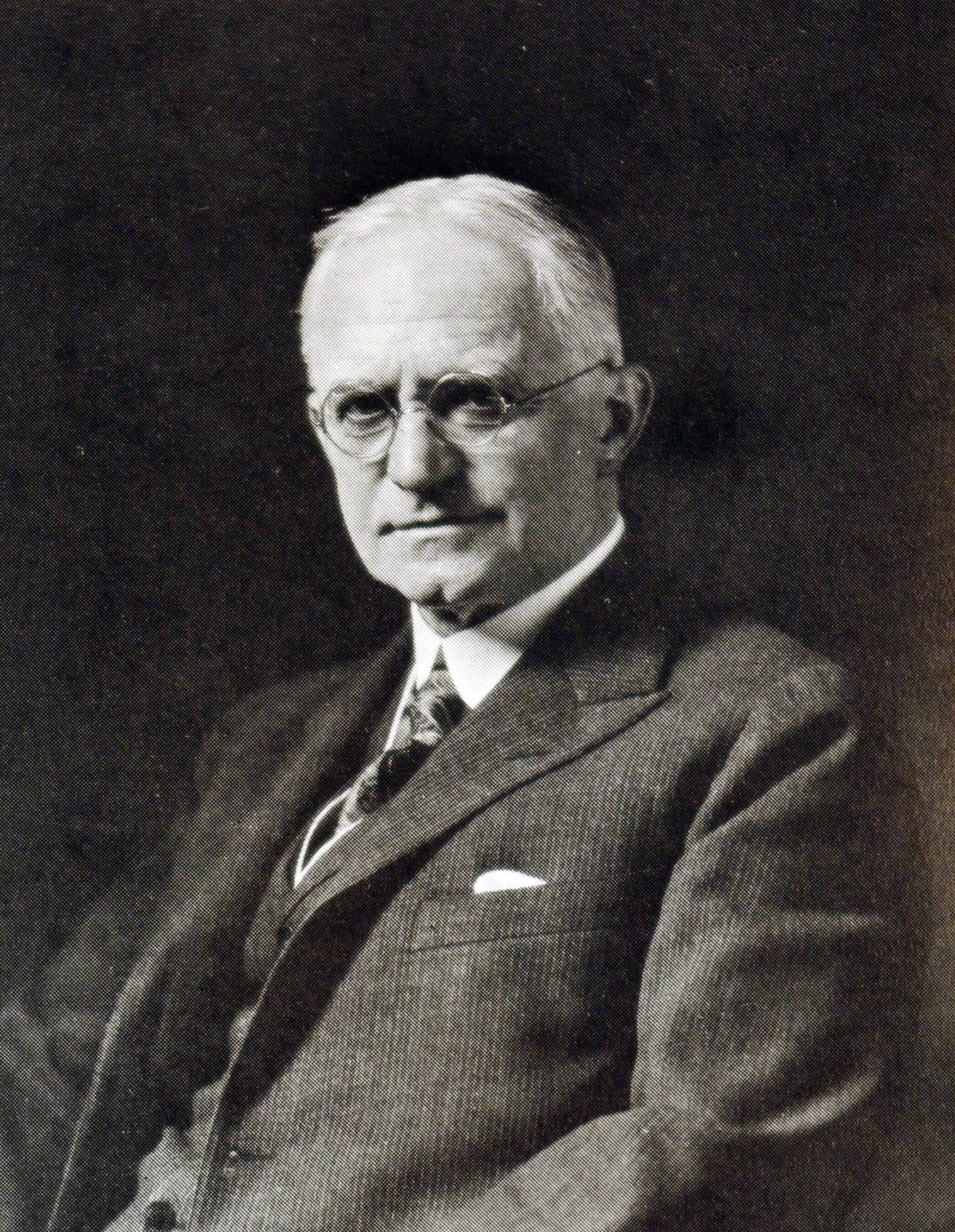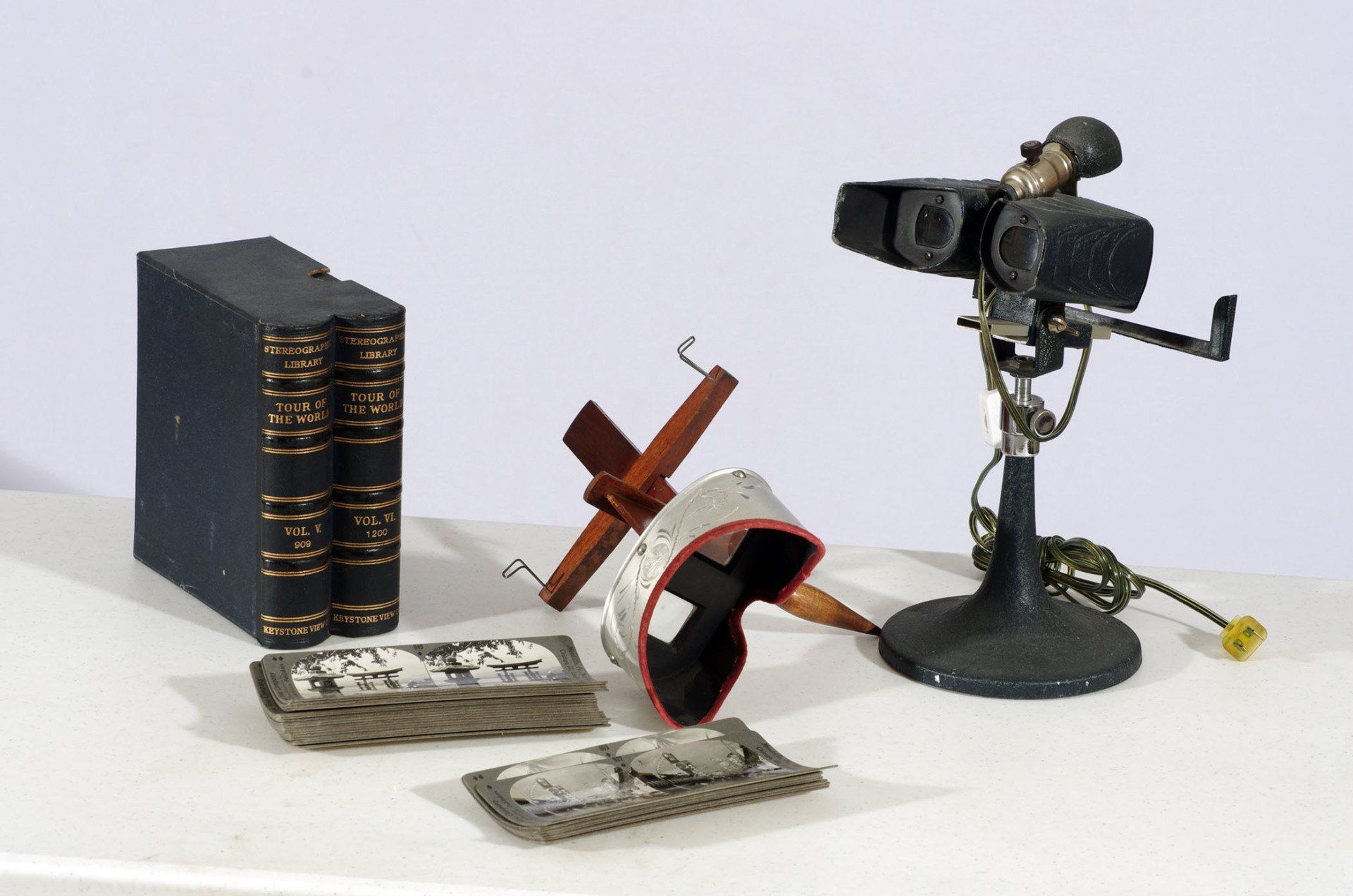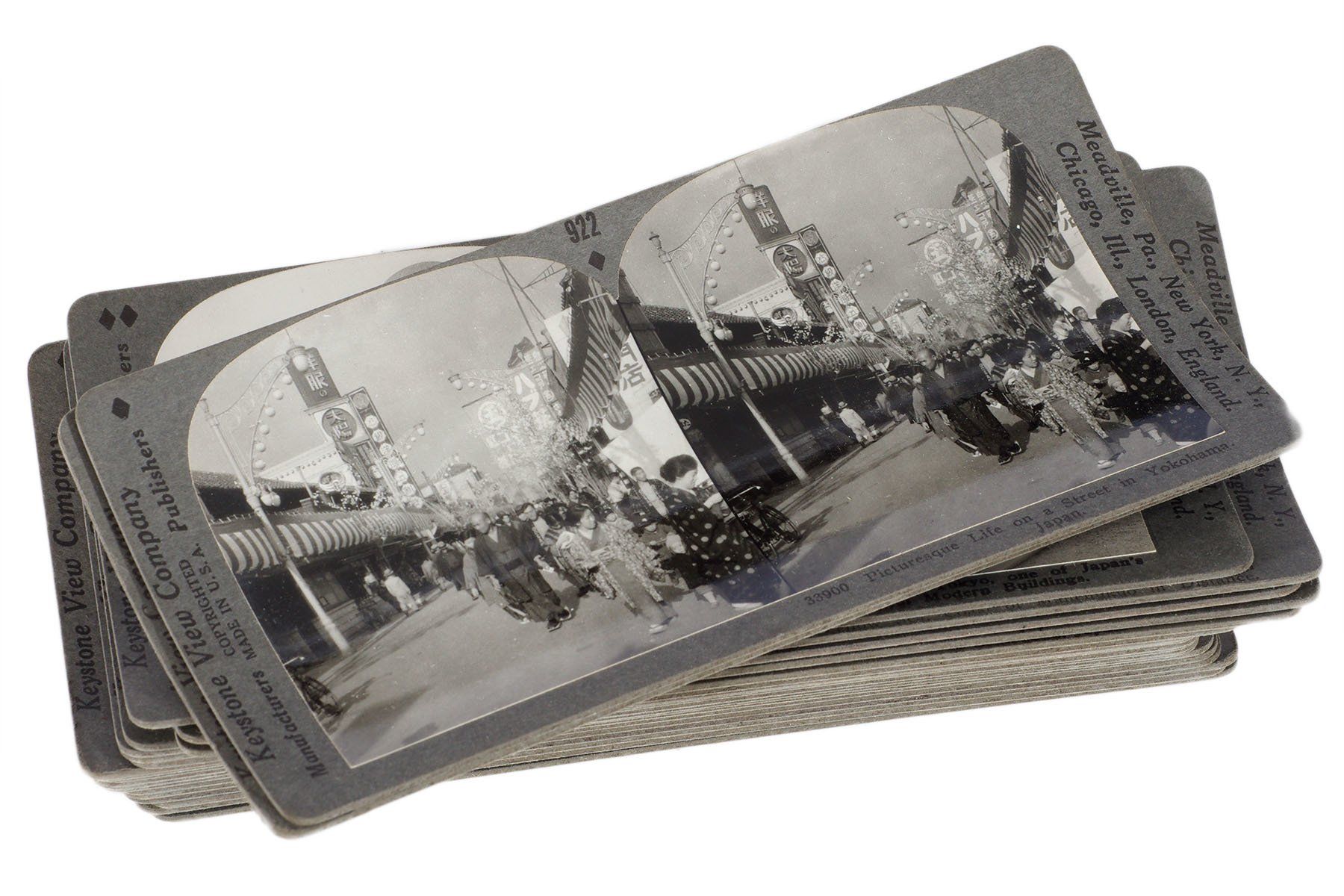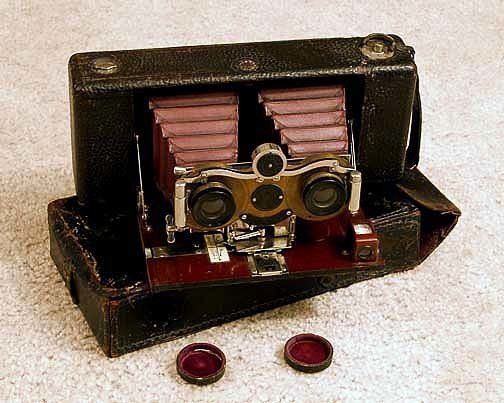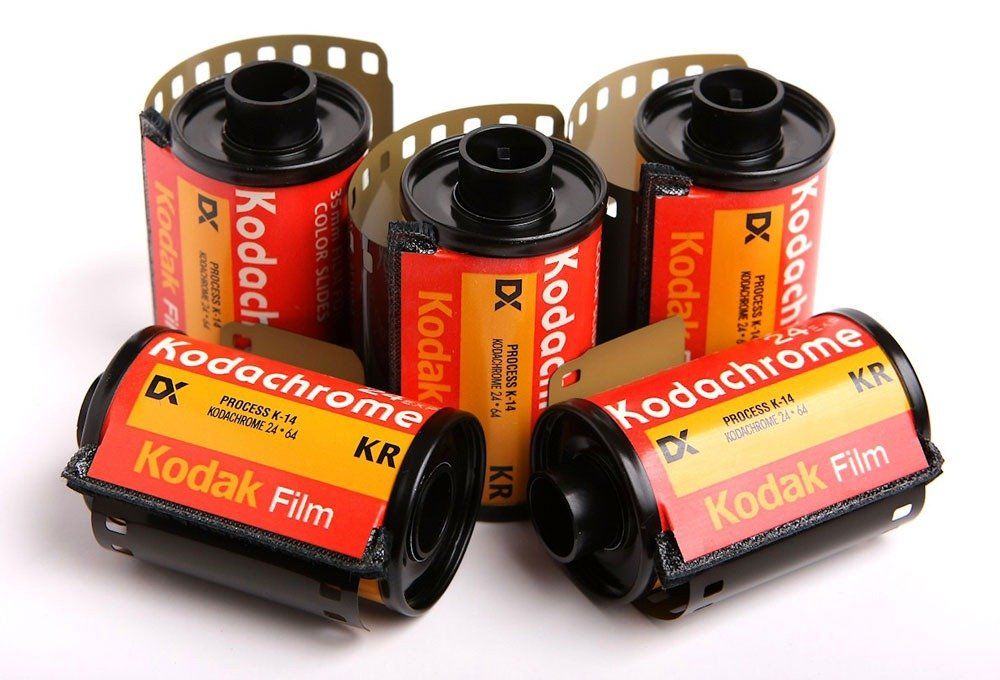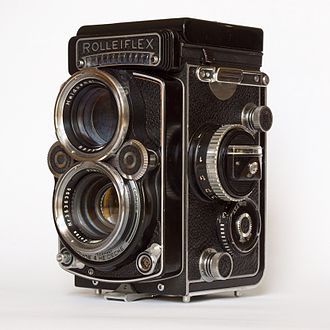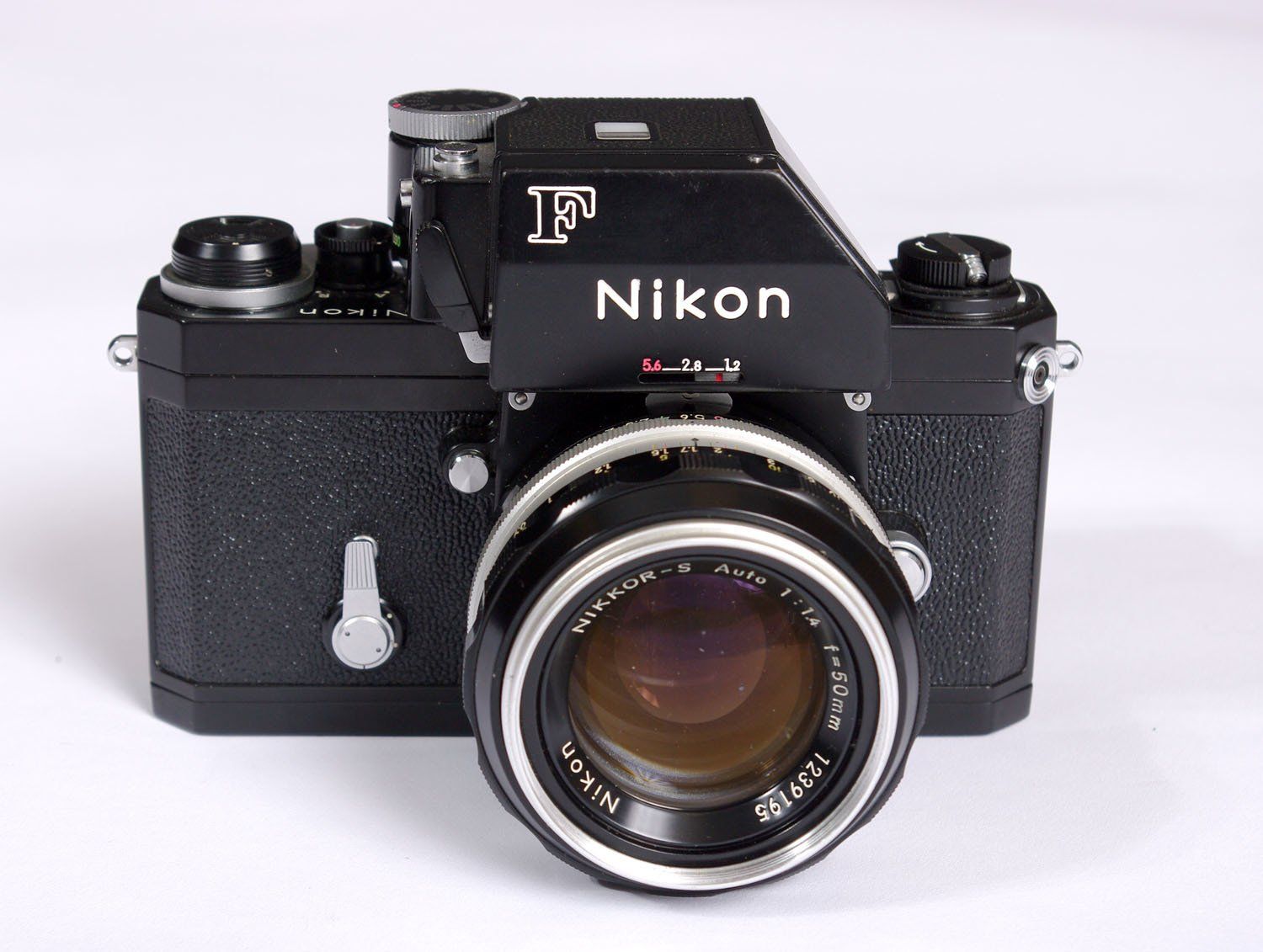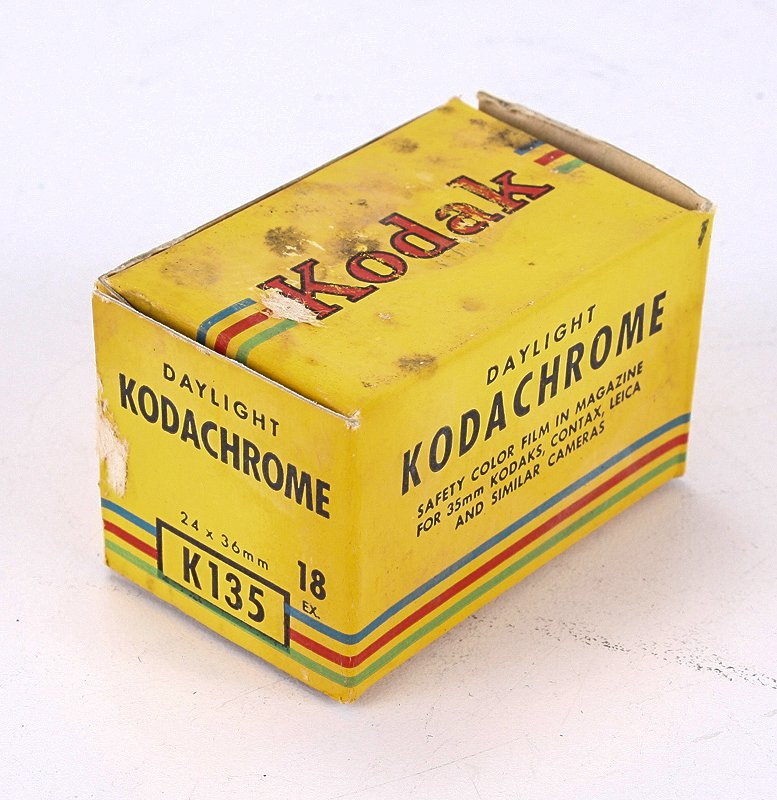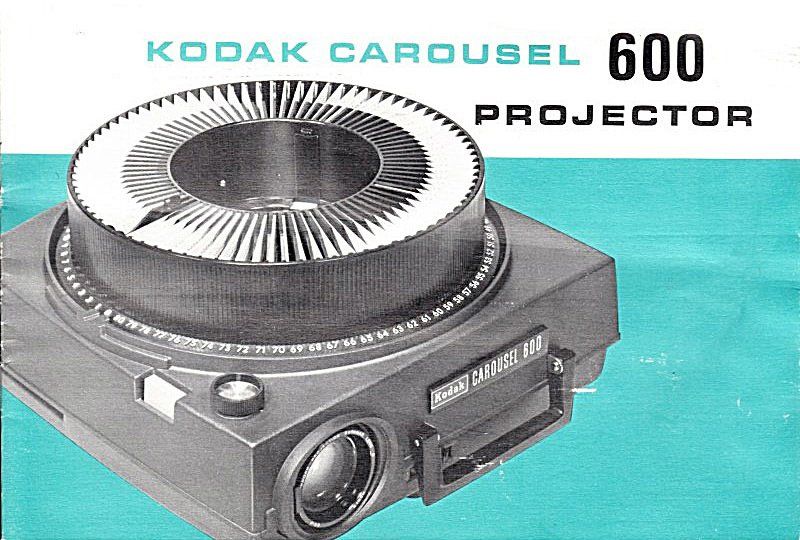Mathis Photographic Restorations
11035 W 96th Place
Overland Park, KS 66214
Jim@MathisPhoto.net
913-269-6709
Site Updated March 2024
The Film Era
The Film Era - The 20th Century and the birth of the amature photographer
The First Kodak
The film era got underway with the introduction of the first Kodak Camera in 1888. A dry plate manufacturer named George Eastman developed a method of coating a photographic emulsion on a flexible material. The first was a type of paper that could be made transparent when the emulsion was developed.
Photographers were not receptive for several reasons. One, they were not used to having to shoot a set number of exposures before developing the plates, and second the film was not as flat and therefore did not give as sharp of images as glass plates.
Eastman decided that he needed to design a whole new camera and system of photography to go with it. The new camera would open up a new market and make photography available to everybody. Part of the system was the birth of the photofinishing industry. The slogan was, “You press the button, we do the rest.”
The camera was a simple box camera made out of wood and covered with a leather-like paper. It came loaded with enough film to make 100 exposures and sold for $25. After the photographer exposed all 100 exposures, he would mail the camera back to the Eastman Company in Rochester, New York where the prints were made and the camera returned to the customer with 100 photographs and reloaded with a fresh roll of film. The processing and reloading cost $10.
Soon, newer model Kodaks featured customer loadable film and other improvements. Through acquisitions and innovations, the Eastman Kodak Company grew to dominate the photography industry for the next century, only falling behind when they were unwilling to make the transition to digital photography at the turn of the 21st century.
Stereoscopic photography
Stereo views or 3D photography dates to the earliest days of photography. The principle is that we have two eyes that see the subject from slightly different angles. Our brains put these two images together in such a way that we discern distance and perspective. If we make two separate photographs separated by a distance roughly equal to the distance between our eyes and then view these two images with a device that allows the left image to be seen with our left and eye and the right image to be seen with our right eye, the scene will have depth and appear three dimensional, as we viewed the original scene with both eyes.
There have been a number of systems over the years to do this, but a standard using two images on a 3 ½ X 7 inch card was adapted in 1851. Stereo views in this format began appearing in the United States around 1854. At the height in the 1890, every middle class home would have a viewer and a selection of views purchased from a variety of sources. The 1908 Sears catalog devoted six full pages to stereo viewers and stereo views with viewers and collections of views for any budget.
Thousands of photographers made their living, or a major part of it, from making and selling stereo views. A few large companies emerged as publishers of stereo views. Some of the more famous were Underwood & Underwood, Keystone, and H.C. White. Keystone purchased Underwood & Underwood to become the largest publisher until they went out of business in the 1920’s.
Stereo photography made a comeback in the 1950’s with cameras such as the Kodak Realist and Kodachrome film allowed anybody to make their own stereo views. The same era saw a semi-toy viewer sold under the name View-Master. View-Master used their own round format slides and sold the slides either as package with the viewer or separately.
Stereo photography still maintains a following among collectors and hobbyist. Several organizations sell supplies, viewers or hold conventions for stereo photography enthusiasts including the National Stereoscopic Association (https://stereoworld.org)
The current generation of technically advanced stereo photography is called Virtual Reality.
When George Eastman and the Eastman Kodak Company introduced the first Kodak in 1888 a new era in photography was born. The 20th Century would be the century of Kodak as they dominated the photography business for the next one hundred years.
Many camera manufacturers entered the market with increasingly more sophisticated cameras. The Ernst Leitz company of Germany created the first modern 35mm camera pushing Germany to the fore front of camera manufacturing.
The German influence waned after World War II as the Japanese companies such as Canon, Nikon, and Pentax began to dominate the industry while Kodak continued as the leader in film, paper, chemicals, and inexpensive roll-film cameras.
The 20th Century saw other advances in photography such as Kodachrome slide film in 1936 and color negative film in the early 1950’s.
Twin-lens reflex cameras such as the Rollieflex were dominate in the mid-twentieth century and at the other end of the spectrum, sub-miniature camera developed a small following as well.
Film and film cameras were at a very high level of development by the end of the 20th century, so it was time for a major disrupter- the digital camera.
Kodachrome
There have been a few watershed moments in the history of photography. One of them was the invention of Kodachrome in 1936. As Paul Simon sang, “Kodachrome gives those nice bright colors, gives us the greens of summer, makes all the world a summer day. Momma don’t take my Kodachrome away.”
Just under 100 years after the 1839 invention of photography, Kodachrome became the first practical and successful color film. Kodachrome remained in production with only incremental changes for 74 years, until 2010. Kodachrome also spawned a whole eco-system which included the standardization of the 35mm film cassette, the 2x2 cardboard slide mount, and of course, the slide projector.
Since I have been knee-deep in the history of photography for many years, my wife and I went to The George Eastman House in Rochester, NY to celebrate the 50th anniversary of Kodachrome in 1986.
Kodachrome was always the only permanent color film because it was pigment-based not dye-based as were later color films. In my photo restoration business, I know that Kodachromes, even from the 1940’s or 50’s, will need very little color correction. They are that stable. One downside was that it was very slow, that is, it needed a lot of light to be correctly exposed. Even by 2010, it was still only ISO 64. In an age when ISO 400 is normal, that was slow. Another problem was that the film had narrow latitude meaning it was very picky about exposure. This became less of an issue when 35mm cameras began having built-in light meters in the 1950’s and auto-exposure in the 1970’s.
The last downside was the difficulty of making prints from Kodachrome slides. Because it was a direct positive transparency film with no negative, making prints involved either making a negative from the slide or using a direct positive paper; neither system was easy or particularly satisfactory.
When the Kodak Carousel slide projector was introduced in 1962, a whole new industry of multimedia production was born. Multi-image shows with two, three, six, nine, or even sixty-four slide projectors with multi-track sound became hot entertainment and educational events.
When digital photography was developed, Kodachrome quality was the goal. That was achieved somewhere around 2002 when relatively affordable five-meg cameras became available. High-resolution digital cameras and HD and 4K video made slides and slide projectors obsolete. The last roll of Kodachrome was made in 2010 and Dewayne’s Photo in Parsons, Kansas developed the last role of Kodachrome in 2011, seventy-five years after the first roll was processed in Rochester, NY in 1936.
Now I can scan Kodachrome slides, convert them to high-resolution digital files and make permanent museum-quality prints that we could only dream about during the heyday of the Kodachrome slides.
Contact Us
11035 W 96th Pl,
Overland Park KS 66214-2252,
E-mail: Jim@MathisPhoto.net
Call us:
913-269-6709
Feel free to get in touch with us. We will be happy to answer any questions about our services and products.
Copyright © Mathis Photography
